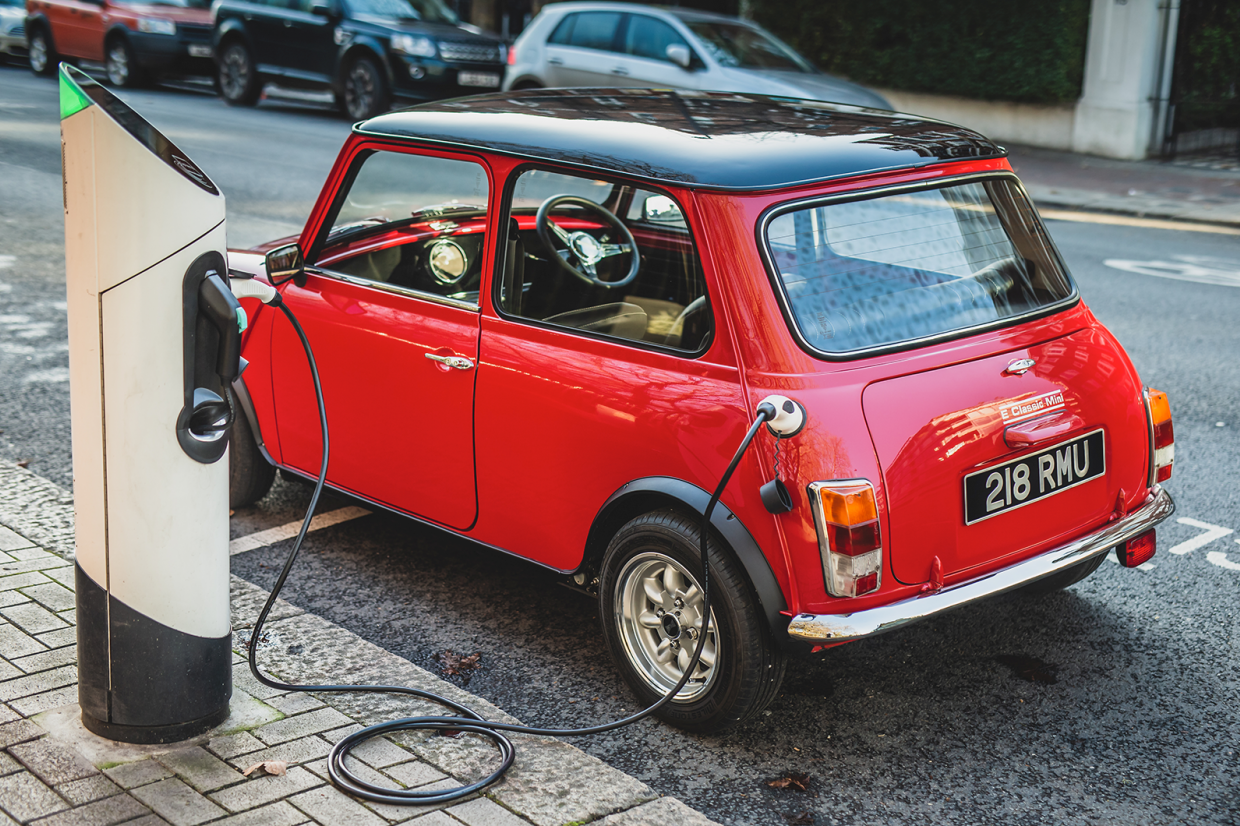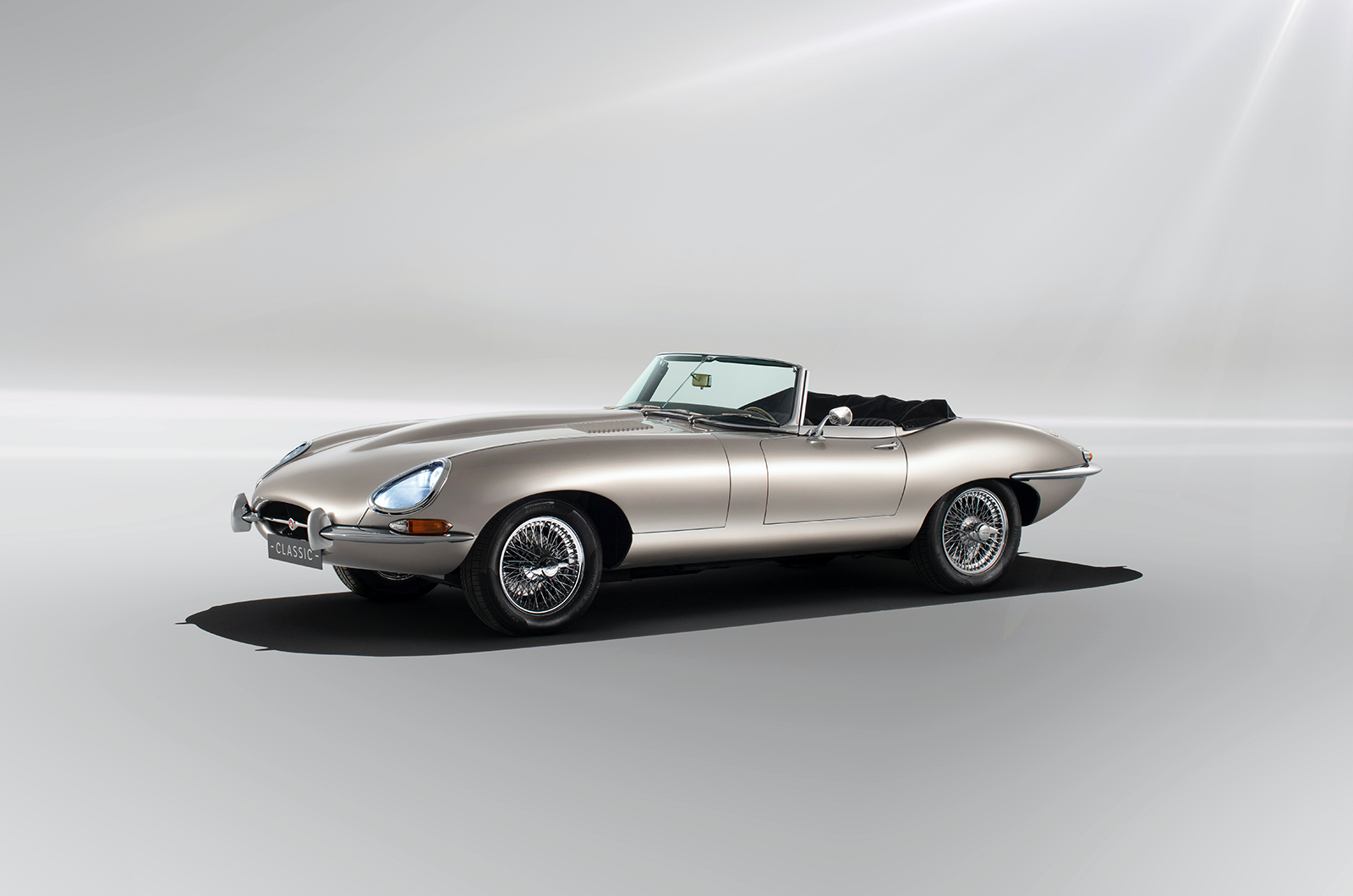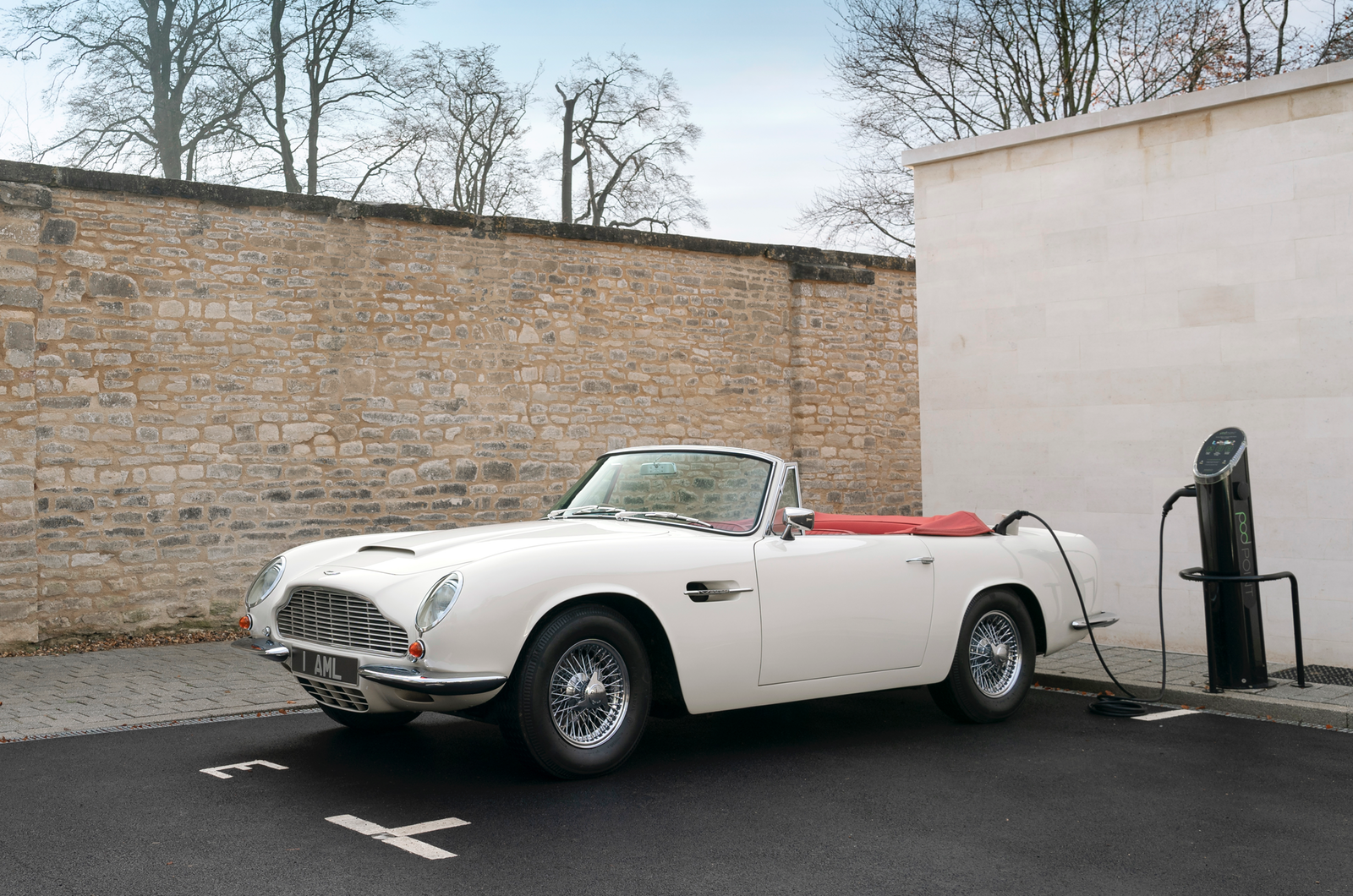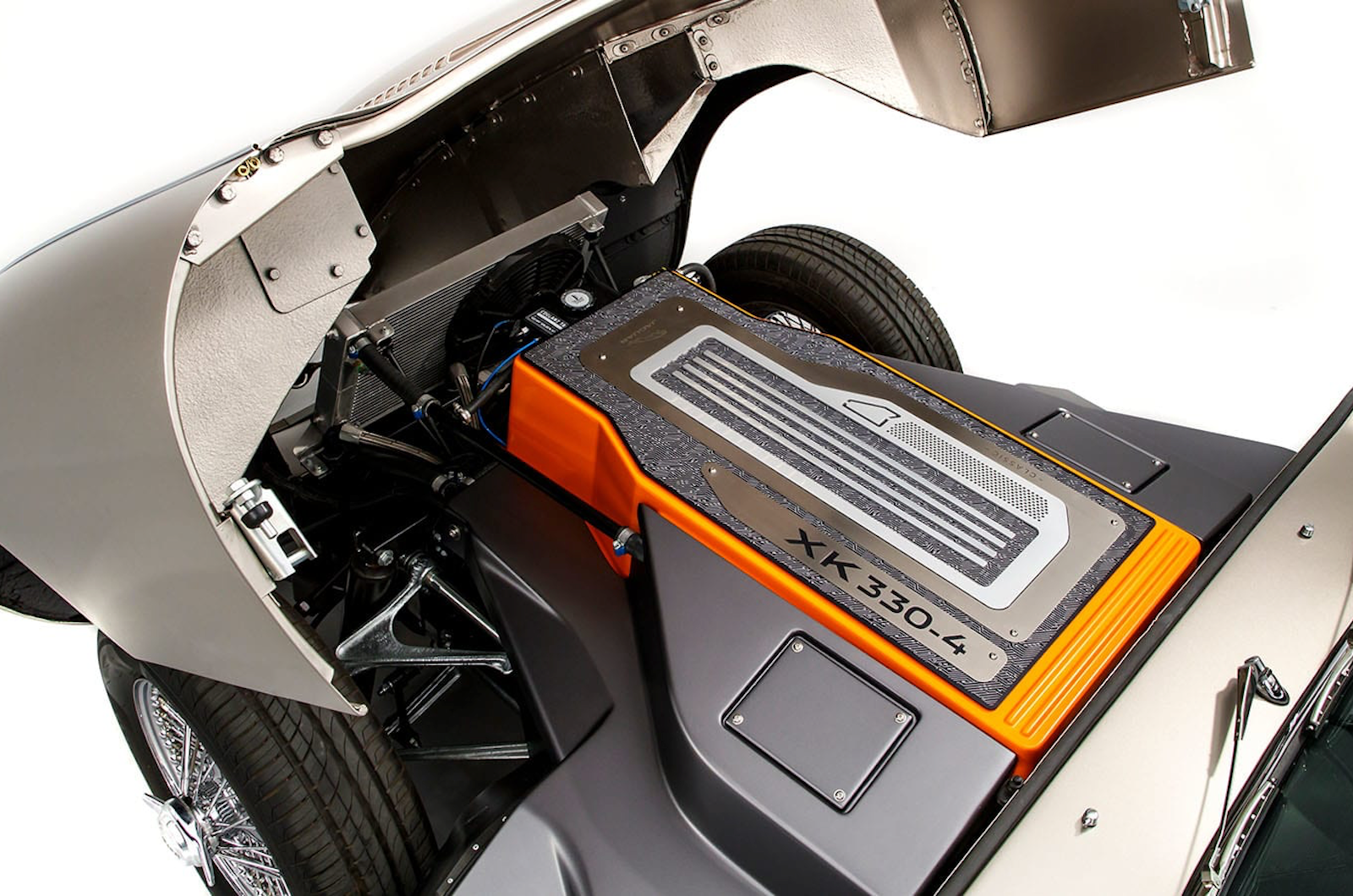
The world’s foremost historic vehicle organisation has weighed into the growing debate over the electrification of classic cars, declaring that such conversions mean they “cease to be historic vehicles”.
The number of electric classics is increasing on a seemingly daily basis, with modifications now available for everything from Aston Martin DB6s to Jaguar E-types and Minis.
But the Fédération Internationale des Véhicules Anciens (FIVA) says the trend to replace the drivetrain with electric motors and batteries is not in keeping with its own definition of a historic vehicle.



FIVA is at pains to point out that it isn’t wholly against such conversions and that “all modifications are a matter of personal choice”. However, it feels that its status as “an organisation dedicated to the preservation, protection and promotion of historic vehicles” prevents it from promoting the trend to either owners or regulators.


